After my initial game dev experiments I had decided on making a physics-based game where the player can move or roll objects within the game world. I had already taken inspiration from the Marble Blast games, however, as I wanted to add more gameplay opportunities I wanted to look for other texts for reference.
My idea of using random real-world objects as well as the rolling mechanic immediately drew a comparison to Katamari Damacy (2004), where one must roll a ball that picks up in-game objects, thereby increasing its size and range, until everything is collected.

Despite its age, the game has still aged very well as it relies on a bold flat art style that plays to the strengths of the PS2, preferring minimal colour blocking over extreme texture detail and realistic shadowing and shading, with no soft shadows or ambient occlusion at all. This style was extremely trendy in the graphic design world at the time. Its minimalist art style also meant the game could easily implement hundreds of unique objects in the world for the player to pick up, all the while making them easily recognisable in an abstracted form.
When researching more into the flat, vector graphic style, my mind also immediately went to the game N++. The first N game was also made in 2004 and behind its visual style was Mare Sheppard, a graphic designer.
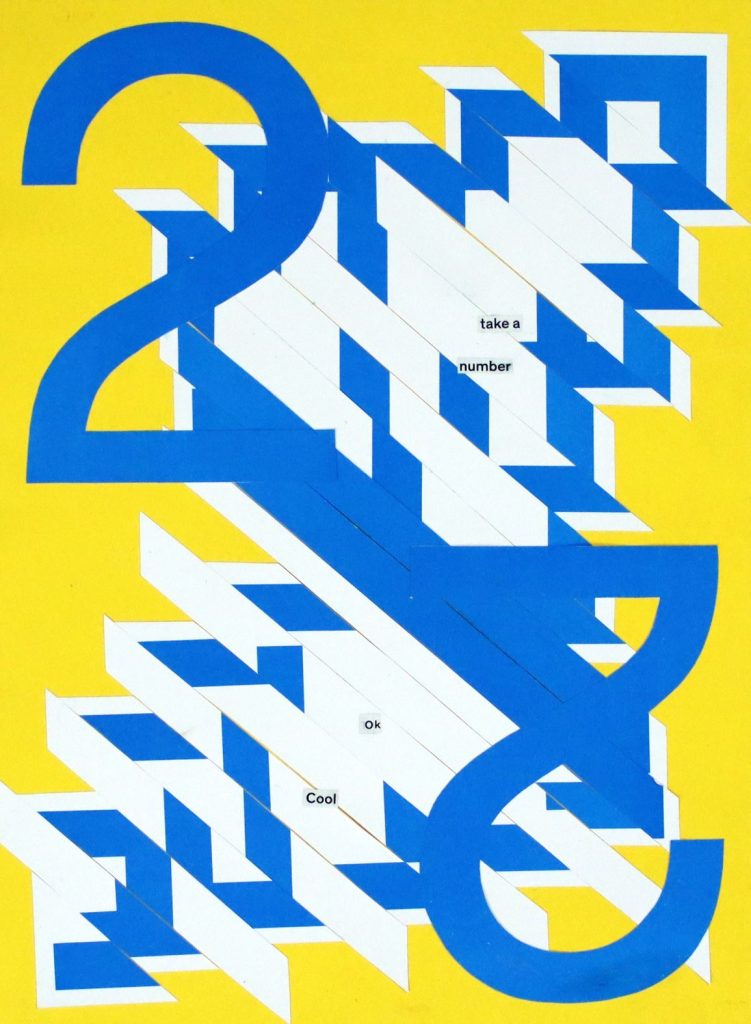
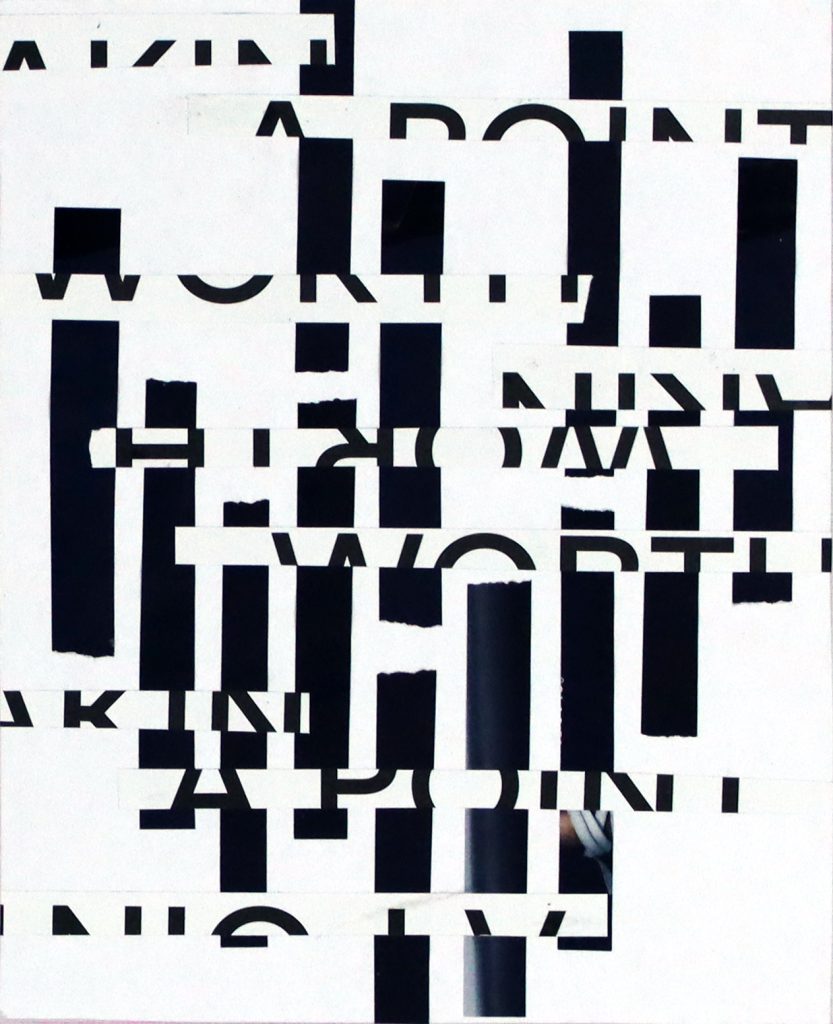
The N series stands out to me as being some of the only games that take their minimalist design inspirations to heart. The game features flat, 2D, monochromatic platformer levels with a modular set of blocks and enemies making them up, allowing for near-infinite configurations to be made with a very simple goal: Getting to the exit. The thousands of levels the games have to offer all adhere to the strict design aesthetic, making the game’s level design now iconic. The game has a reputation for being extremely unforgiving with precise controls and dense levels, packing every inch of the small play space with second-to-second dodging and jumping. This has, however, cultivated a small cult following of people who have mastered it.
As a result, I want my game’s design direction to be focused and minimal as a basis, and also have very precise controls. However, navigating through the levels should still be intuitive and easy as I want to keep the target demographic wide for the time being while I flesh out my game idea.
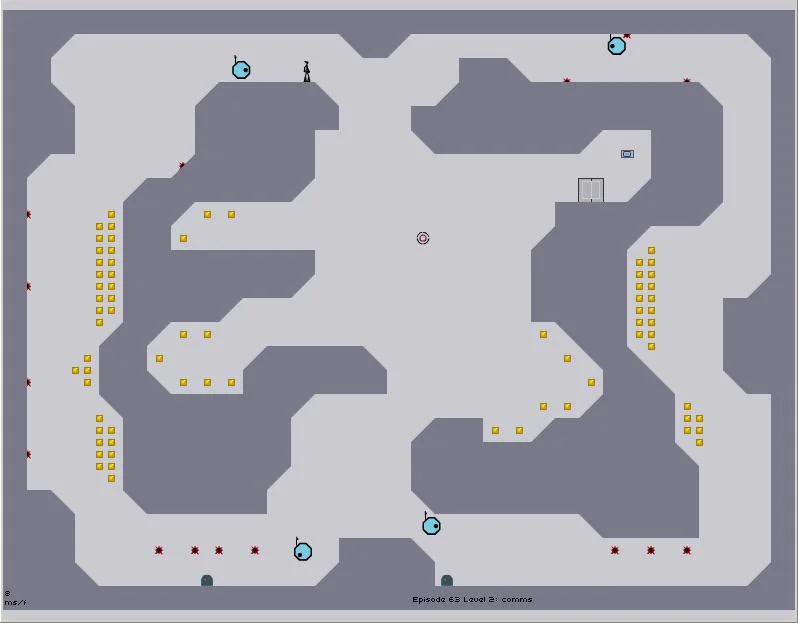
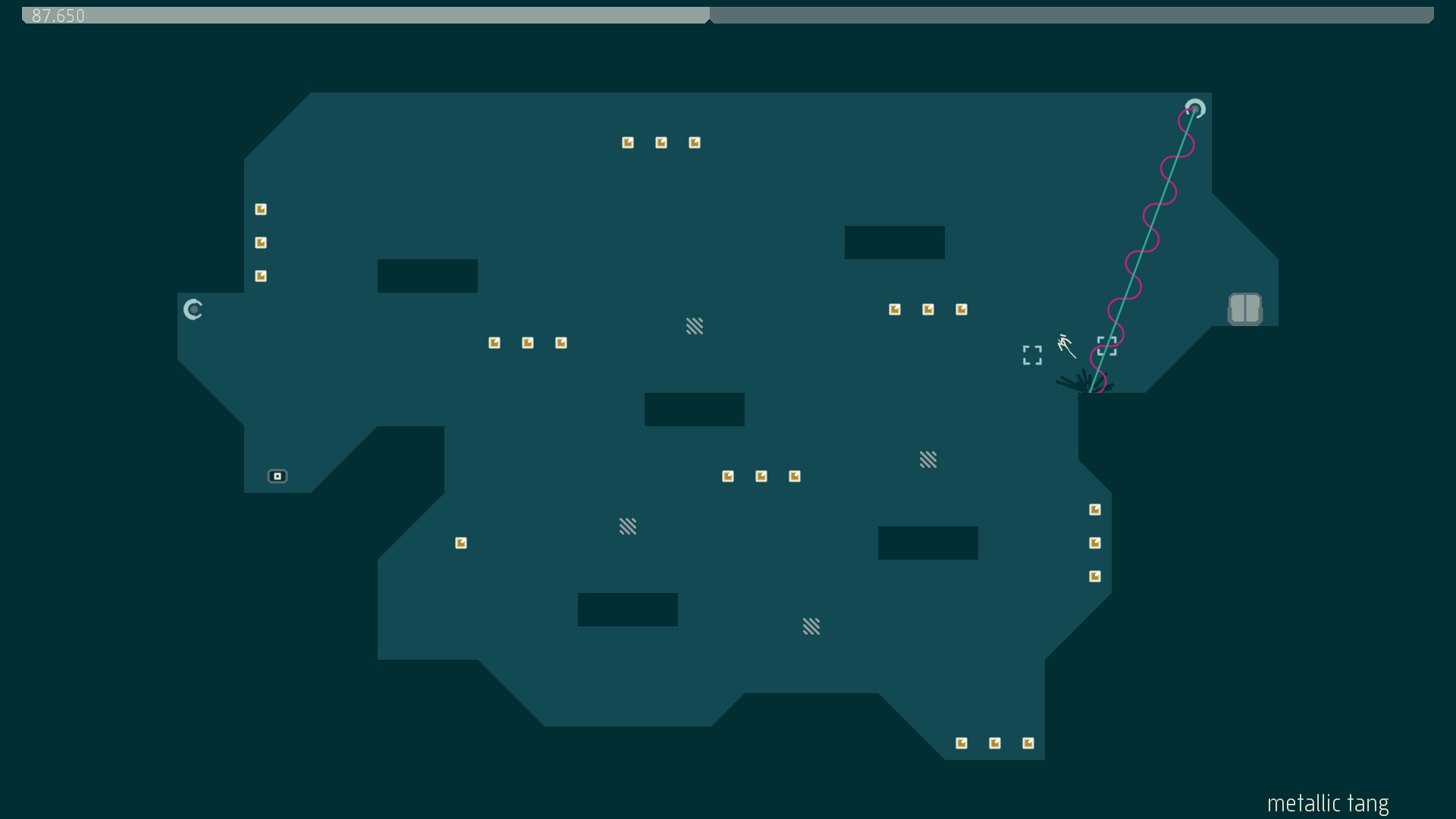
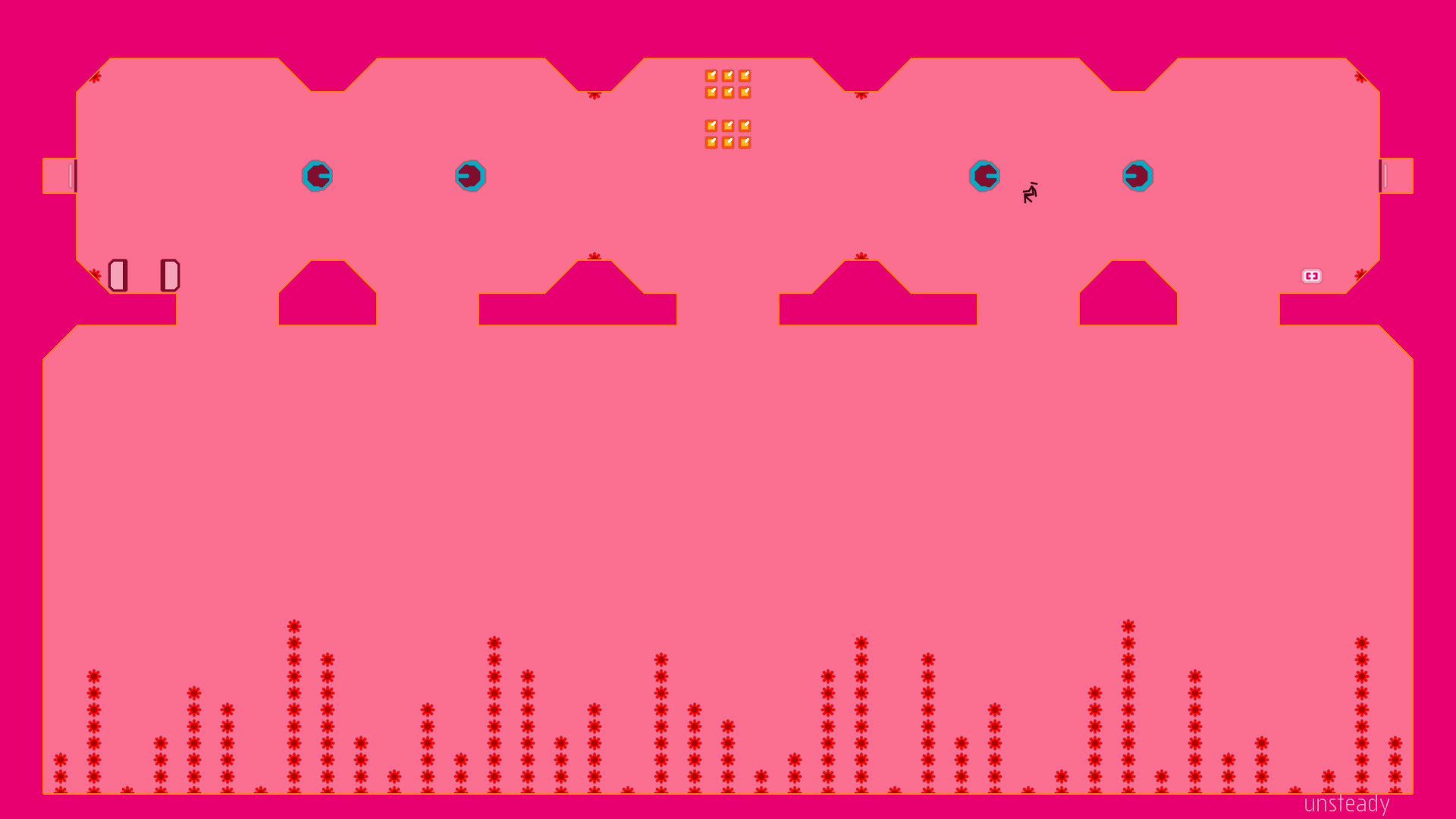
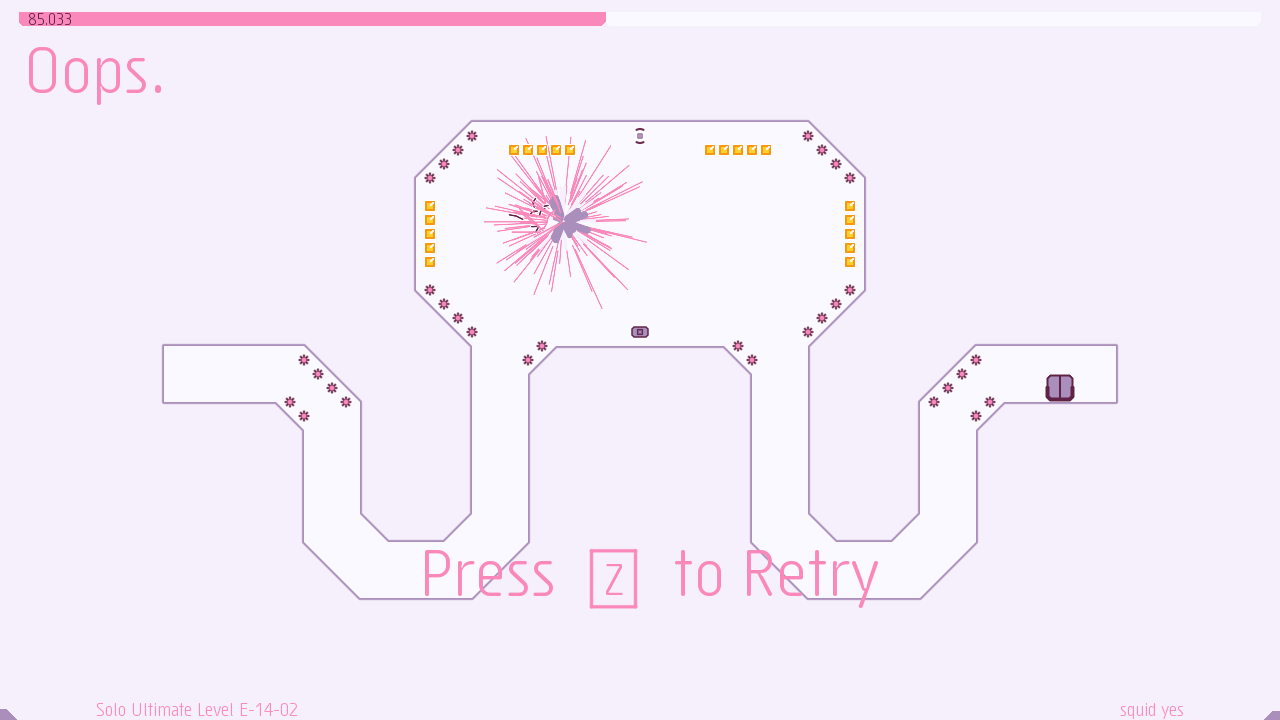
Another noteworthy game that leant in fully to this abstract and minimal style is Rez (2001). This was a rhythm-based rail shooter where the player must lock in on and fire at approaching enemies to the rhythm of a pounding techno soundtrack.
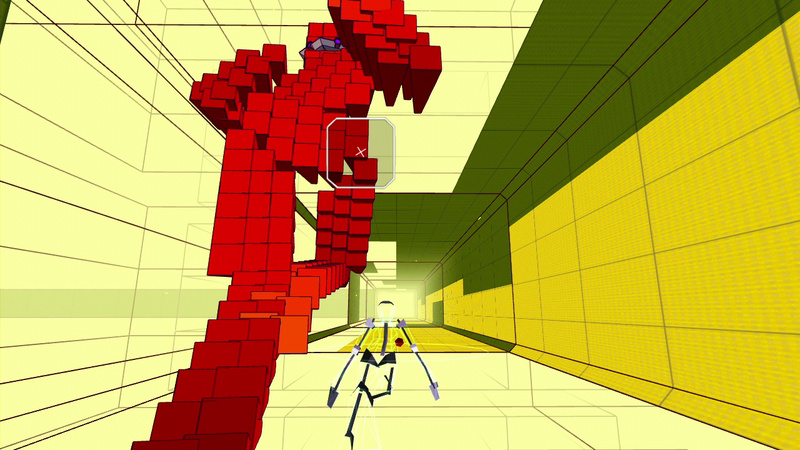
The game’s art director, Katsumi Yokota, was heavily inspired by the work of the famous Russian painter Wassily Kandinsky, well known for being one of the forefathers of abstract art in the western world. Kandinsky, being a synesthete, created this work to explore how his mind linked the audio and visual together, being a natural fit for a rhythm game such as Rez. Kandinsky taught at Bauhaus which spawned further generations of modernist designers and architects, which can also be traced right through to Rez‘s blocky but explosive and dynamic shapes.

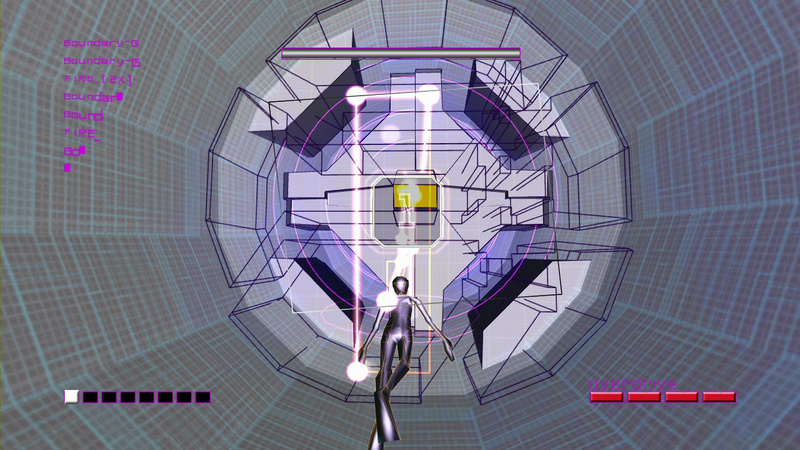
Katamari Damacy‘s playful use of real-world objects also lead me to inspiration from the LittleBigPlanet games. These games came out later than the Katamari games, with the first instalment released in 2008. The art style reflects this as the game uses the PS3’s graphical capabilities to make a world that feels handcrafted from real-world materials and found objects in a way that reflected the twee indie DIY look that was popular in the later part of the decade.

The gameplay of LittleBigPlanet was also quite inspiring to me as it included a lot of physics puzzles and let the player set up their own fun physics machines in its level creator using simulated real-world objects. I wanted to make a game where this creativity and player expression with the physics engine is part of the minute-to-minute game loop in every level.
For my own game I had the idea of combining both of these styles within the game world but avoiding any potential confusion for the player. I decided upon only using the realistic style for interactable and movable objects while keeping the base levels in a flat, unshaded, but bold and colorful style.
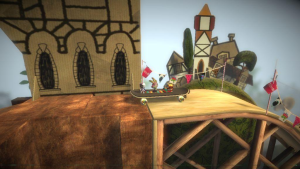
Leave a Reply